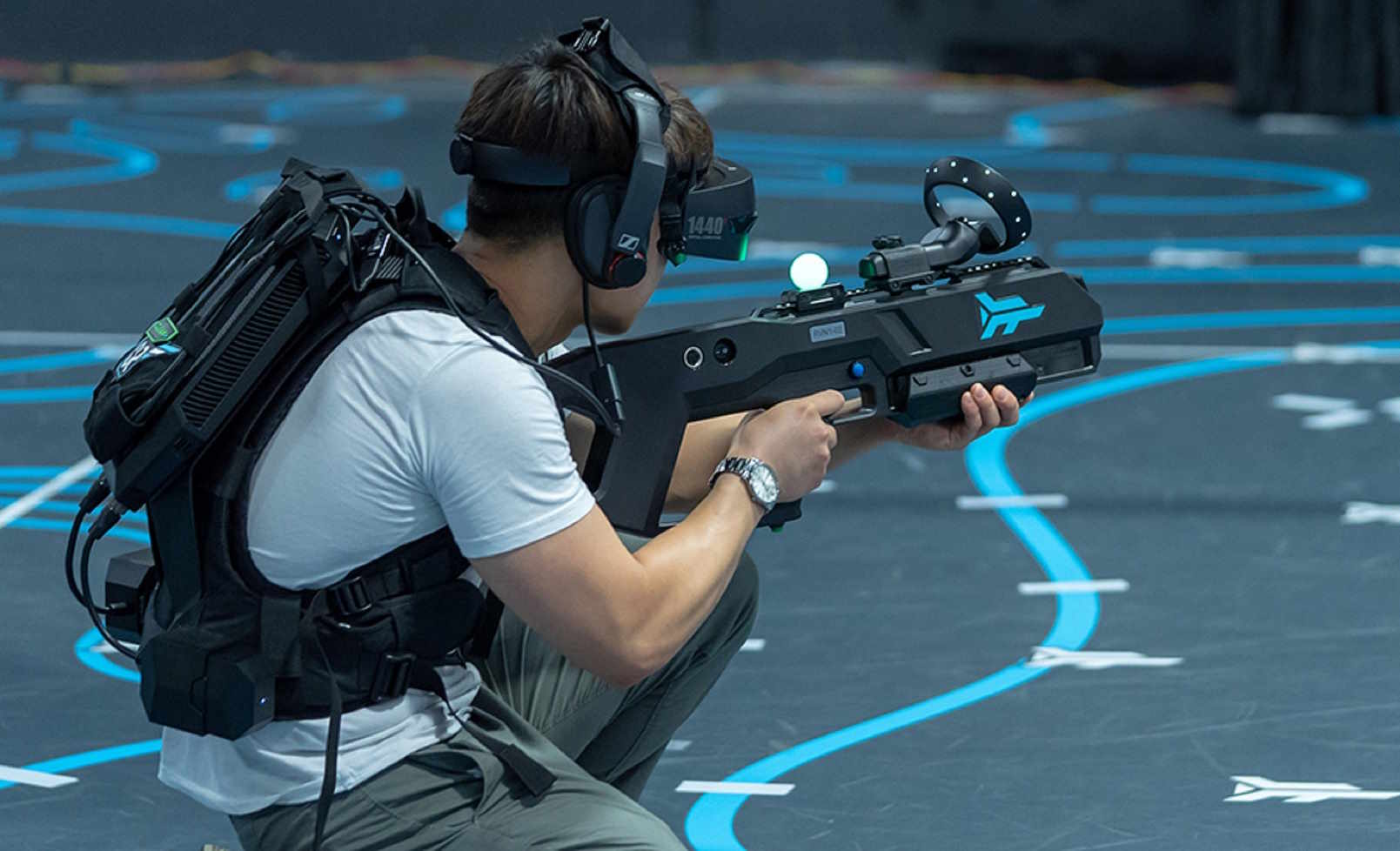Occlusion Technology: A New Dimension in Gaming Immersion
The gaming industry has consistently been a hotbed of innovative technological advancements, and occlusion technology is the latest buzzword on every tech-savvy gamer's lips. This remarkable technology boosts immersion in gaming environments, truly transporting the player into the virtual world.

The Rise of Occlusion Technology in Gaming
Over the past decades, gaming evolved from simple 2D games to interactive 3D experiences. The advent of occlusion technology has added another layer of authenticity to gaming environments. In simple terms, this technology adjusts sounds based on the placement of objects in the virtual universe, thereby simulating real-world acoustics. Larger objects alter sound more significantly, muffling or blocking it entirely, just as they would in reality.
Leaning on Physics for Enhanced Realism
The core principle of occlusion technology is the application of physics to fluctuate sound dynamics. The adjustment of sound frequency and amplitude according to the spatial relationship between sound source, any obstructing objects, and the listener contributes to an astonishingly immersive acoustic experience. In a sense, occlusion technology duplicates how sound behaves in the physical world, offering gamers a more lifelike audio-visual adventure.
The Benefits of Occlusion Technology in Gaming
Adding occlusion technology into gaming improves realism and immerses players deep into the virtual realm. Gamers can discern their environment’s layout and detect threats or vital game elements by sound itself. This provides not only a deeper sense of connection with the game environment but also a tactical advantage during gameplay, where auditory cues play a significant role in decision-making and strategy.
Applications and the Future of Occlusion Technology
While currently predominantly used in gaming, the potential applications of occlusion technology extend far beyond. It could revolutionize virtual and augmented reality experiences, enhancing realism to unprecedented levels. Furthermore, it may find uses in fields such as architecture and interior design, mimicking how sound will behave in prospective structures before their physical construction.
Unresolved Challenges
Despite the undeniable benefits it brings to gaming, occlusion technology is not without its challenges. The simulation of complex acoustic scenarios can be taxing on system resources, leading to latency issues. Moreover, currently, there’s no universal standard for occlusion technology application, leading to inconsistent experiences across different platforms.
- Occlusion technology improves realism in gaming by adjusting sounds based on the placement of virtual objects.
- This technology can provide a tactical advantage during gameplay.
- The potential applications of occlusion technology extend beyond gaming, possibly revolutionizing VR and AR experiences.
- Challenges include the high demand on system resources and the lack of universal standards.
In conclusion, occlusion technology is set to make a significant impact within the gaming industry and beyond. Despite some remaining challenges, this innovative approach to audio manipulation enhances realism and expands the scope of interactive experiences. It is yet another testament to the relentless innovation characterizing the tech industry. Continuous advancements like these are what make the future of gaming, and technology as a whole, exciting and full of potential.




